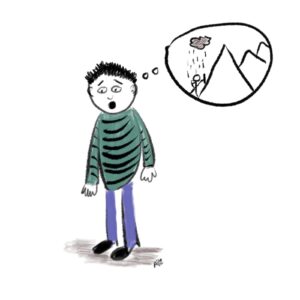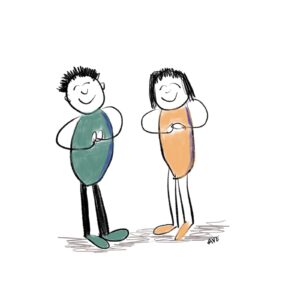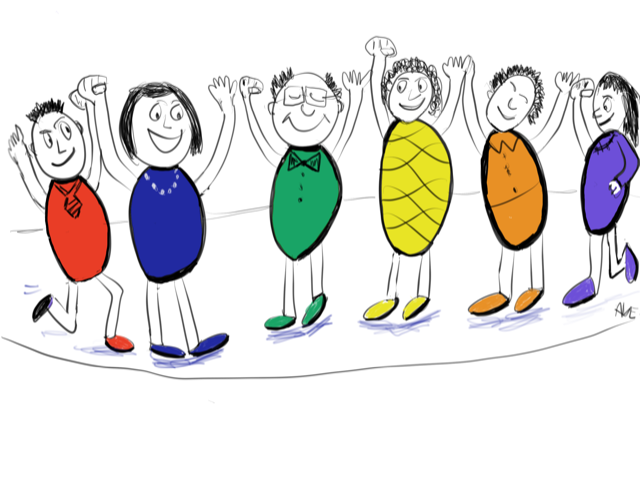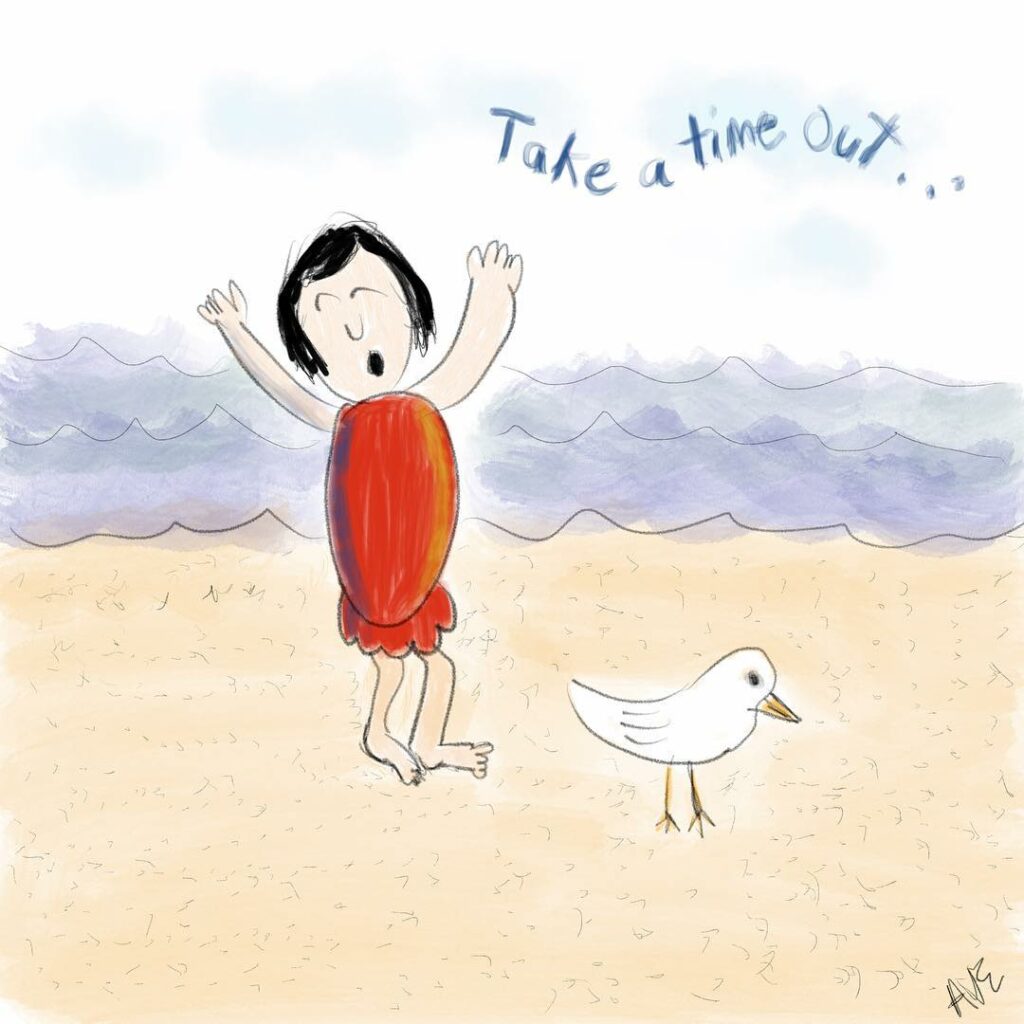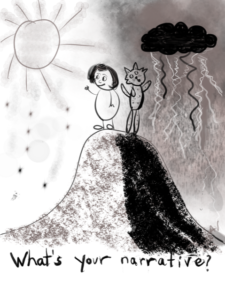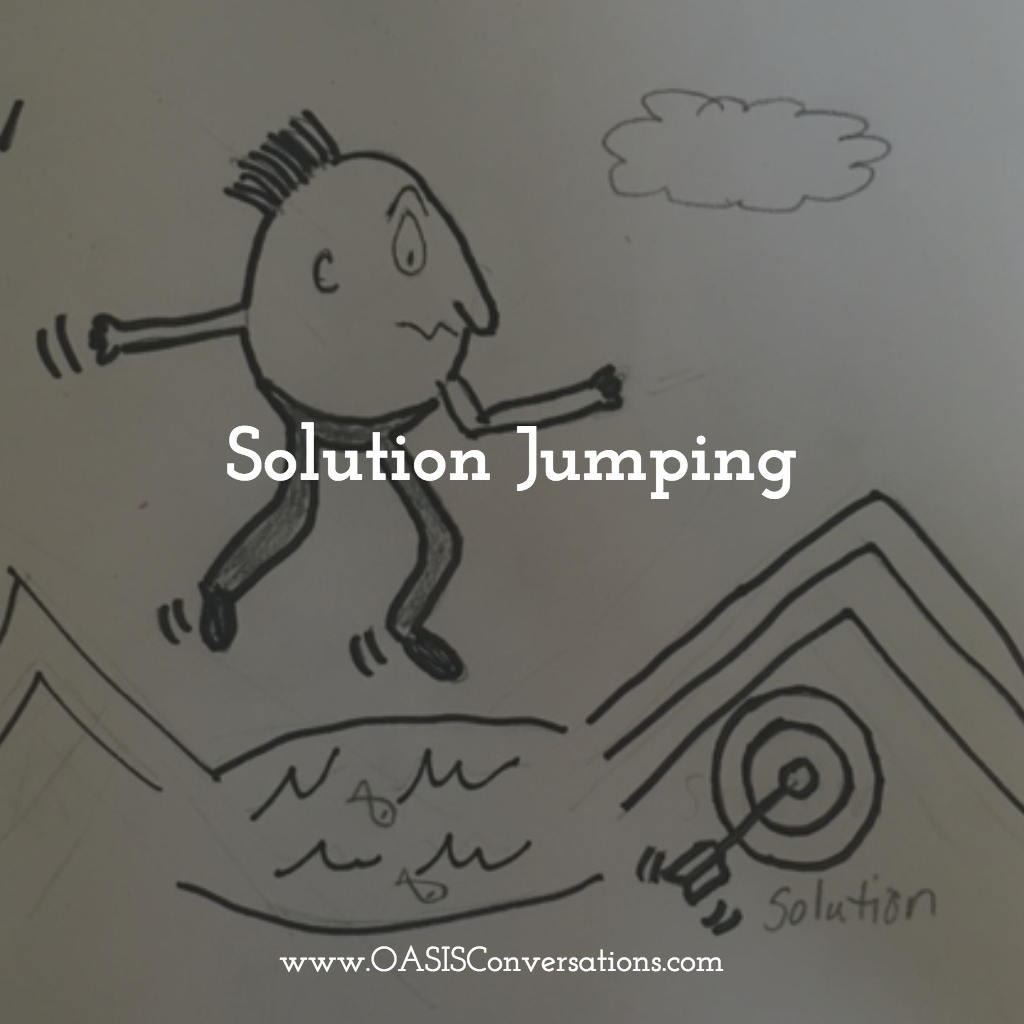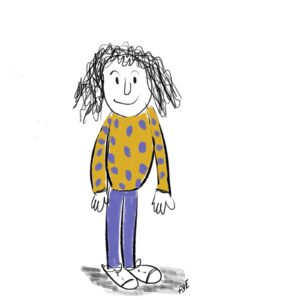
You do not have to look far to experience the challenges of polarization these days. People tell me that they do not speak with family members, colleagues or neighbors who represent a different political position or other view. When they do speak, it is often with the goal of showing how the other person is wrong and anger and distrust persist. People on both sides share their concern about the “other side’s” views and that they are worried about the effects of the divide on our country, government, community, workplace and family.
When I ask about their conversations with people on the “other side” they often say they are not having real conversations. And many are literally not speaking with the “other” at all. They say they are too angry and don’t feel safe. Organizations, like Braver Angels, offer workshops where people with different political views talk with one another to see the humanity in the other and the shared concerns and desires. There are heartwarming stories of people with differences across many areas who have even become friends as they listened and became open to one another and found common ground.
We know that we have each had various life experiences that influence our perspectives and beliefs. Some of these beliefs are clear to us while others are less conscious. Our bodies have a way of alerting us to danger when our beliefs and self-identity are threatened. We naturally experience tension in the face of a difference; we contract and become closed. This is a natural process that helps us keep our identity and sense of self. Can you imagine if we remained totally open, without this built in mechanism? We would find it hard to live as we changed so rapidly. However, we can also remain too tightly closed and miss opportunities to grow and experience more and create more.
The key skill is to notice when we experience tension and begin to close or contract and to then Stop and Step Back to cool down. This gives us some space from immediately reacting to a different view with aggression or by collapsing or leaving. We can then ensure our safety. Each situation will be different. Sometimes we will need to take a breath and remember that we are okay and have the skills to engage. Other times, we may need to disengage and take a time-out to cool down the cortisol rushing through our body. Sometimes we may need to have a facilitator or outside party to support a conversation. In cases where there is the threat of violence or physical danger we may choose to never re-engage. There is value in honoring our propensity to close down and seek safety and then skillfully returning to being open.
Once we have stepped back and cooled down and feel safe, we can shift to being Open where a different part of our brain is engaged. When we are feeling safe and open, we will hear in a different way and ideally see new connections and understanding. When we attend to our own inner environment and ensure our safety, we are more prepared to attend to the climates we are creating in our interactions.
I believe there are two critical skills needed these days. One is to know how to take an Open Stance (which includes being aware, ensuring safety and with courage, being curious and open to learning, connections and possibilities). The second important skill is to engage in open-minded conversations where we consciously inspire a psychologically safe OASIS-like environment to create shared solutions.

